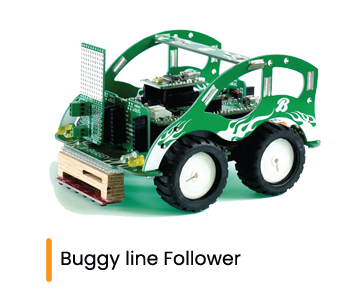BUGGY PRODUCTS
With the lack of standardization, the integration of devices is a logistical nightmare. Not to mention the technical problems that this brings about. With all this, almost every product becomes a problematic point of concern. And unless these devices have a standardized way of communicating with each other there is very little chance of seamless deployment of these networks.

This leaves products with a host of problems, and the clients with money pouring out of their pockets for not just the running devices, but also due to the external help they need to hire to send to the customer’s location for repairs and such and further to bring their products back in. Not to mention the costs of furthering development, coupled with the losses incurred when the project gets scrapped, leaves companies rethinking their decision about getting into the IoT arena, in the future.
With all this money being poured into products that ultimately fail to live up to their expectations, the development of the field is being hindered significantly.
Following this, the idea of these loopholes obviously opens doors to security concerns. What happens when these devices fail to communicate the way they are expected to? What if they start leaking messages and those messages get picked up by eaves dropping entities with malicious intent? What about injecting information and hijacking communication channels? These are credible factors that service providers need to able to answer since deploying a network of suppose 5000 machines across a city scape such as the smart city, street light project initiated by Singapore and New York city to name a few, requires serious planning. And security cannot be a secondary aspect.
